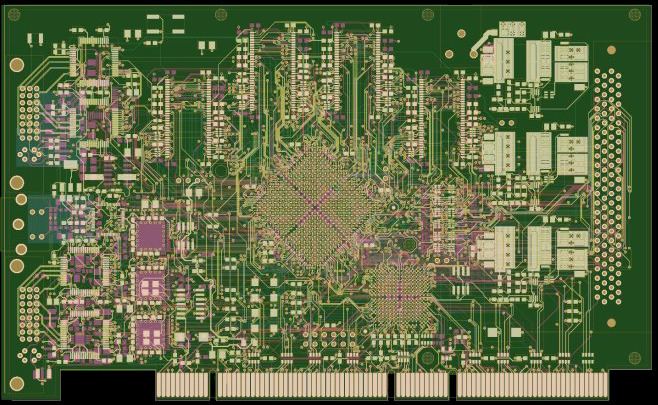Commercial? Yes Website wiki.opengraphics.org | Type of project Open hardware | |
 | ||
The Open Graphics Project (OGP) was founded with goal to design an open source hardware / open architecture and standard for graphics cards, primarily targeting free software / open source operating systems. The project created a reprogrammable development and prototyping board and had aimed to eventually produce a full-featured and competitive end-user graphics card.
Contents
OGD1
The project's first product was a PCI graphics card dubbed OGD1, which used a field-programmable gate array (FPGA) chip. Although the card could not compete with graphics cards on the market at the time in terms of performance or functionality, it was intended to be useful as a tool for prototyping the project's first application-specific integrated circuit (ASIC) board, as well as for other professionals needing programmable graphics cards or FPGA-based prototyping boards. It was also hoped that this prototype would attract enough interest to gain some profit and attract investors for the next card, since it was expected to cost around US$2,000,000 to start the production of a specialized ASIC design. PCI Express and/or Mini-PCI variations where planned to follow. The OGD1 began shipping in September 2010, some six years after the project began and 3 years after the appearance of the first prototypes.
Full specifications will be published and open source device drivers will be released. All RTL will be released. Source code to the device drivers and BIOS will be released under the MIT and BSD licenses. The RTL (in Verilog) used for the FPGA and the RTL used for the ASIC are planned to be released under the GNU General Public License (GPL).
It has 256 MiB of DDR RAM, is passively cooled, and follows the DDC, EDID, DPMS and VBE VESA standards. TV-out is also planned.
Versioning schema
Versioning schema for OGD1 will go like this:
{Root Number} – {Video Memory}{Video Output Interfaces}{Special Options e.g.: A1 OGA firmware installed}
OGD1 components
Main components of OGD1 graphics card (shown on the picture)
A) DVI transmitter pair AB) DVI transmitter pair BC) 330MHz triple 10-bit DAC (behind)D) TV chipE) 2x4 256 megabit DDR SDRAM (front, behind)F) Xilinx 3S4000 FPGA (main chip)G) Lattice XP10 FPGA (host interface)H) SPI PROM 1 MibitJ) SPI PROM 16 MibitK) 3x 500MHz DACs (optional)L) 64-bit PCI-X edge connectorM) DVI-I connector A and connector BN) S-Video connectorO) 100-pin expansion bus connector